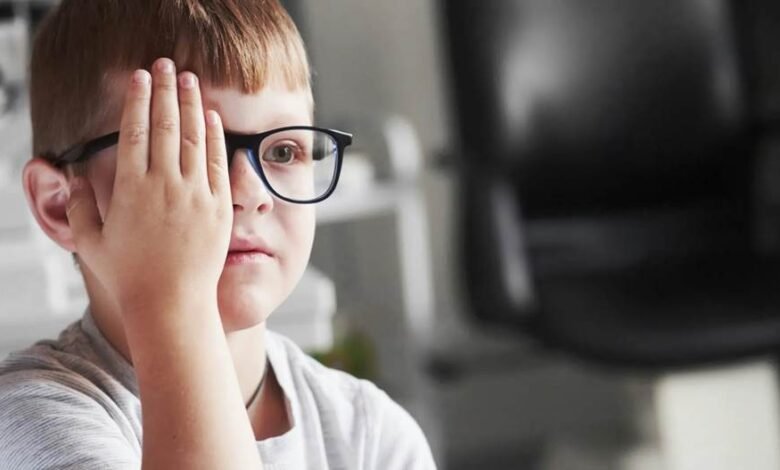How to Naturally Slow Down Myopia Progression, Backed by Science

Myopia, or nearsightedness, has become increasingly common worldwide particularly among children and young adults. Based on data released by pafikutaikab.org according to the World Health Organization (WHO), nearly half of the global population could be myopic by 2050. While glasses and contact lenses remain the main solutions for vision correction, doctors say there are natural ways to help slow down the progression of myopia and science supports them.
Understanding Myopia
Myopia occurs when the eyeball grows too long or the cornea is too curved, causing light to focus in front of the retina instead of directly on it. This leads to blurred distance vision. Genetics play a role, but lifestyle factors — especially prolonged screen time and lack of outdoor exposure — have been strongly linked to rising myopia rates.
Dr. Angela Kim, an ophthalmologist in Singapore, explains, “Our eyes are not designed to focus on near objects for hours at a time. The digital lifestyle of children and teens has accelerated the development of myopia in ways we didn’t see 30 years ago.”
1. Spend More Time Outdoors
One of the most well-documented natural ways to control myopia is spending time in natural sunlight. Studies show that children who spend at least two hours a day outdoors have a significantly lower risk of developing or worsening myopia.
Sunlight stimulates the release of dopamine in the retina, which helps regulate healthy eye growth. “It’s not about staring at the sun,” Dr. Kim clarifies. “It’s about balanced exposure to daylight while playing, walking, or exercising outdoors.”
See also: What is Uvlack? A Complete Guide to UV Protection Coatings
2. Follow the 20-20-20 Rule
To prevent eye strain, ophthalmologists recommend the 20-20-20 rule: every 20 minutes of near work, look at something 20 feet away for at least 20 seconds. This simple habit relaxes the eye muscles and reduces tension caused by prolonged focus on screens or books.
“Many parents underestimate the effect of digital fatigue,” says Dr. Kim. “Encouraging kids to take frequent visual breaks can make a noticeable difference.”
3. Maintain Proper Lighting and Posture
Reading or using gadgets in dim light can strain the eyes, while holding screens too close can worsen myopia. Doctors suggest maintaining a distance of at least 30–40 centimeters between the eyes and reading material. Adequate lighting, ideally natural light, helps the eyes focus comfortably without overexertion.
4. Eat Foods That Support Eye Health
A balanced diet rich in vitamins A, C, and E, as well as omega-3 fatty acids, supports overall eye health. Leafy greens, carrots, fish, eggs, and citrus fruits provide essential nutrients that protect the retina and reduce oxidative stress.
Although diet alone won’t reverse myopia, it strengthens the eyes and helps maintain healthy vision.
5. Limit Continuous Screen Time
Prolonged use of smartphones, tablets, and computers contributes to what doctors call “digital myopia.” Experts advise setting daily screen limits, especially for children under 18. Replacing screen time with outdoor play or creative hobbies gives the eyes much-needed rest.
While there is no permanent cure for myopia, lifestyle changes can make a real difference in slowing its progression. Simple habits like spending more time outdoors, following the 20-20-20 rule, and ensuring proper eye care can protect vision in the long term. As Dr. Kim notes, “Healthy eyes need balance — between screens and sunlight, between work and rest.”
Taking small, consistent steps today can help preserve clear vision for years to come.
Source: Persatuan Ahli Farmasi Indonesia



